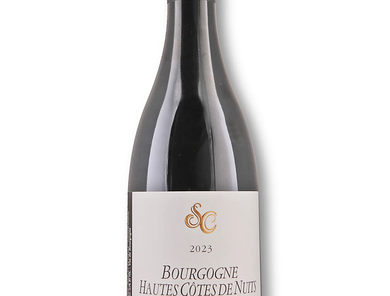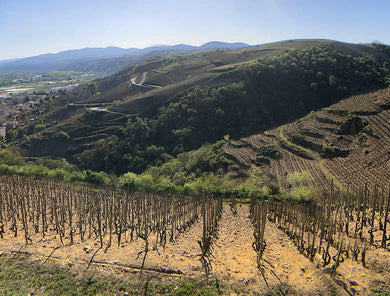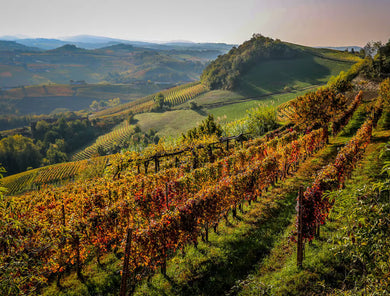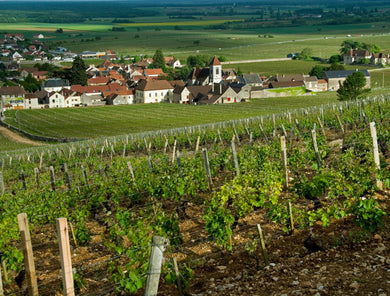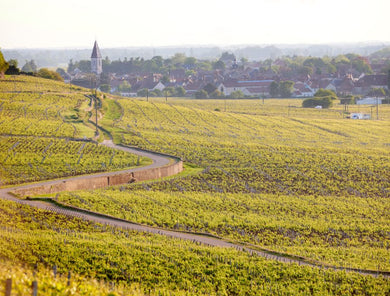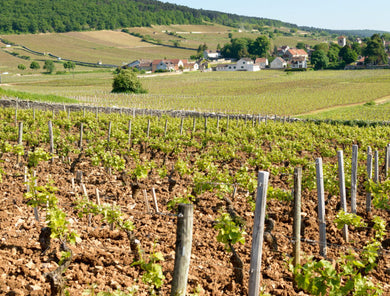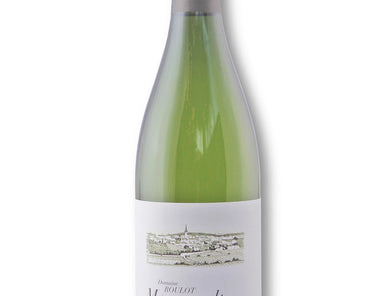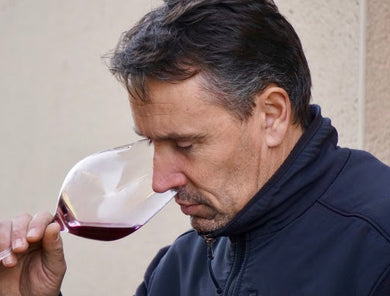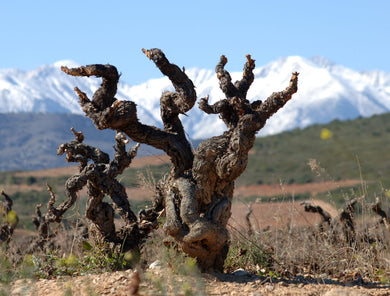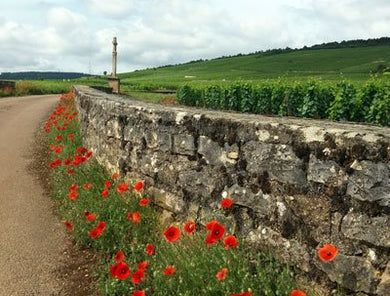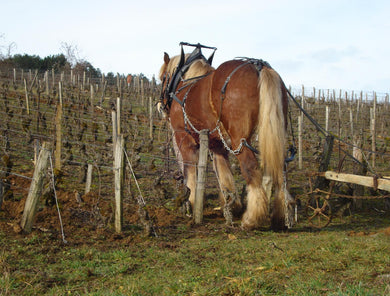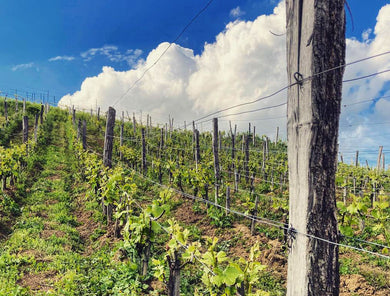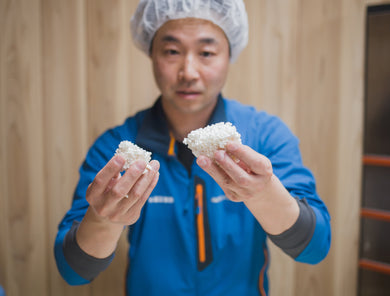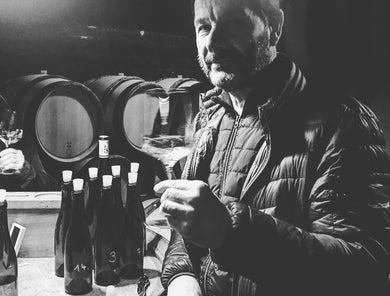10% off 12+ bottles - code BURG10
15% off 24+ bottles - code BURG15
At long last, here we are - our 2020 Burgundy Campaign is on! Enjoy preferred access and preferred pricing this weekend only on many, in fact a great many, of the region's most accomplished wines. Daniel and I tasted the vintage extensively over a week in Burgundy this past October during which a general shape and outline started to emerge. We've tasted scores of in-bottle examples here in New York also, which has allowed opinions to both evolve, and, in other cases, deepen. More on this below.
In general, '20 resists generalization. Like '18 and '19 it was warm and very dry, but '20 has more stylistic and qualitative variance and so requires greater nuance. There is a kind of 'line' in '20, on one side of which falls wines from late pickers, less favored sites, or both. But there is another side. Fascinatingly, this 'other side' subset doesn't present at all like creatures of a 'warm' vintage. They present rather as ripe version of a classic vintage, in other words in total violation of any biases formed by general tasting. Structure rather than sweet fruit guides this subset, and I think they will be borderline astonishing in the fullness of time. Certainly the combination of low pH and high ripeness augurs well. As does attentive tasting, where one encounters impressive purity and length, often in the extreme.
Interestingly, producers seem split on the relative merits of '19 and. '20. It's fair to say that '20 flips the script on '19, with whites in the main preferred to the reds, but there are passionate partisans for the summed total of each vintage. '20 whites drink like tighter '19s, while the (better) reds remind me of beefier versions of '17. Average and below reds suffer from high alcohol and aggressive tannins, though this is more or less always the case these days.
I have argued before that 'classic' is a relative concept as in the end it must be tasting rather than degree days and meteorological particulars that gets the final say. While '20 is structurally worlds away from, say, '14, the wines nevertheless have definite shape and outline as well as what I would refer to as structural integrity. Balance is indeed more precarious at higher ripeness, but my experience teaches me to prioritize proportionality above adherence to rote or rigid conceptual models in forecasting the upside of a vintage.
Daniel notes that the timing of harvest was critical. He has a shine for the 'great balance of weight and acidity' of the whites. He is bullish, too, on their upside. He shares that the reds: '...have a lot of color, weight, concentration (drought year!) and really high viscosity - there are some beautifully balanced ‘20s from the Côte de Nuits in particular. What's fascinating is that decanting the wines always seems to result in the wines evolving positively, a great sign.' In the end I think those of us with the privilege to choose end up defining a vintage by its more convincing examples rather than a theoretical median, whether in terms of style or quality. 'Large-scaled classics' seems an appropriate descriptor for the best of '20, and in both colors.
The third consecutive hot and dry vintage seems to have found producers well practiced in finessing the particular demands presented in such years. A recent tasting of some '20s next to their '18 and '19 counterparts evoked a metaphor in which the winemaker is like a baseball player facing a challenging pitcher for a third time. The baffling and doubtful aspects of the first and second encounter are largely gone, now replaced with hard-won insight and surer confidence. A lot of producers just seemed to see the ball better in '20. We've aggregated as many of these as we could find for you.
Cheers,
Jason


